Travel photography is a dream profession that combines creative expression with exploration. For those with a passion for documenting the world through images, a career in travel photography offers an exciting path with diverse opportunities. However, like any artistic profession, it requires dedication, technical skills, and an understanding of the industry to turn a love of travel and photography into a sustainable career.
This in-depth guide covers the most rewarding jobs in travel photography and shares proven tips to help photographers succeed in this competitive field.
Table of Contents
Freelance Travel Photographer: Crafting Your Own Adventure
Freelance travel photography is among the most flexible and independent ways to build a career in travel photography. Freelancers choose their assignments, dictate their schedules, and can experiment with various styles and subjects, from landscape and wildlife to cultural photography. Freelancers can sell their images to clients, publications, and websites while building a unique portfolio that reflects their style.
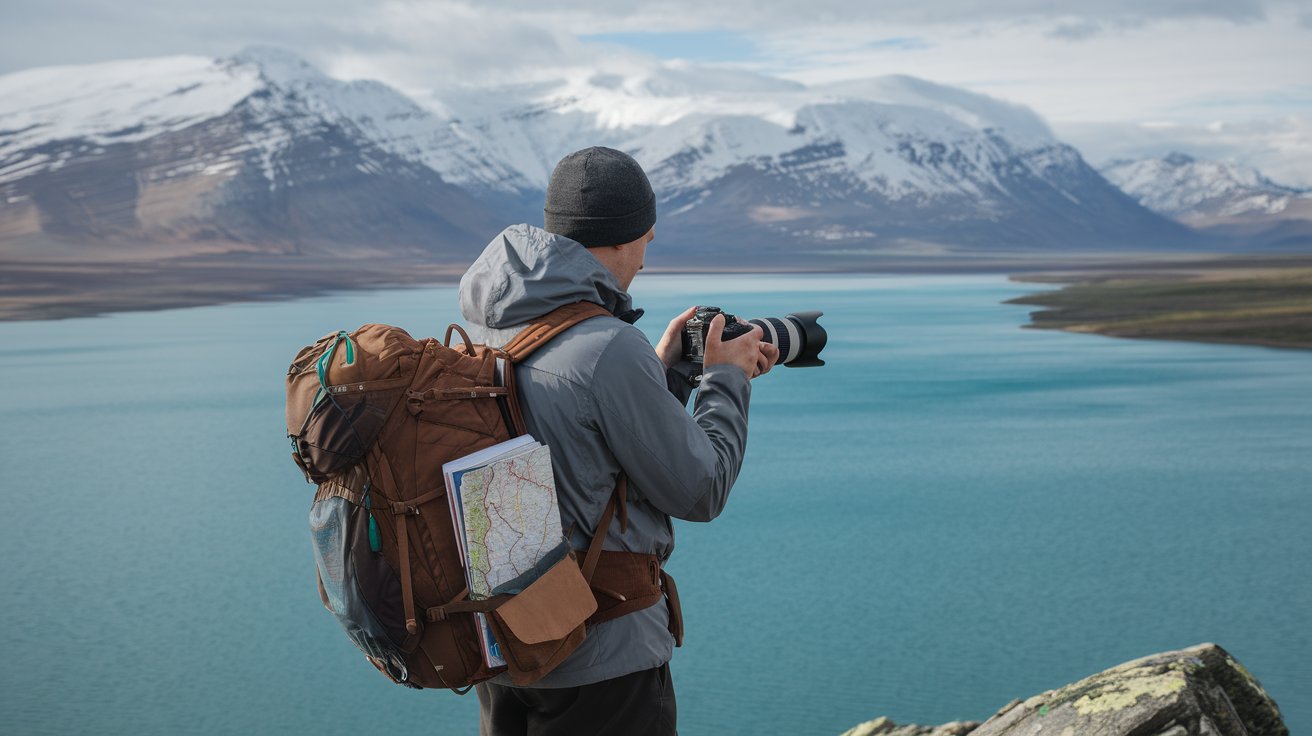
Key Steps for Success as a Freelance Travel Photographer
- Build an Impressive Portfolio: A well-rounded portfolio showcasing your best travel shots is essential. Capture different styles, subjects, and locations, ensuring you include a range of landscapes, portraits, and cultural imagery.
- Develop a Client Base: Connect with travel magazines, tourism boards, hotels, and online publications to offer your services. Building relationships with editors and agencies opens up opportunities for regular assignments.
- Leverage Social Media Platforms: Platforms like Instagram, Pinterest, and photography-specific sites provide avenues to showcase work, attract clients, and connect with other professionals. Consistent, high-quality posts can significantly enhance visibility.
Freelancing demands independence, self-motivation, and constant improvement, but it allows photographers to shape their careers on their terms.
Stock Photography Contributor: Generating Passive Income from Travel Images
Selling travel images on stock photography websites like Shutterstock, Adobe Stock, and Getty Images is a popular avenue for creating a steady income stream. Stock photography contributors upload high-quality images that can be licensed for various uses, including editorial and commercial purposes. This approach can be particularly effective for photographers who have an extensive collection of travel images from different destinations.
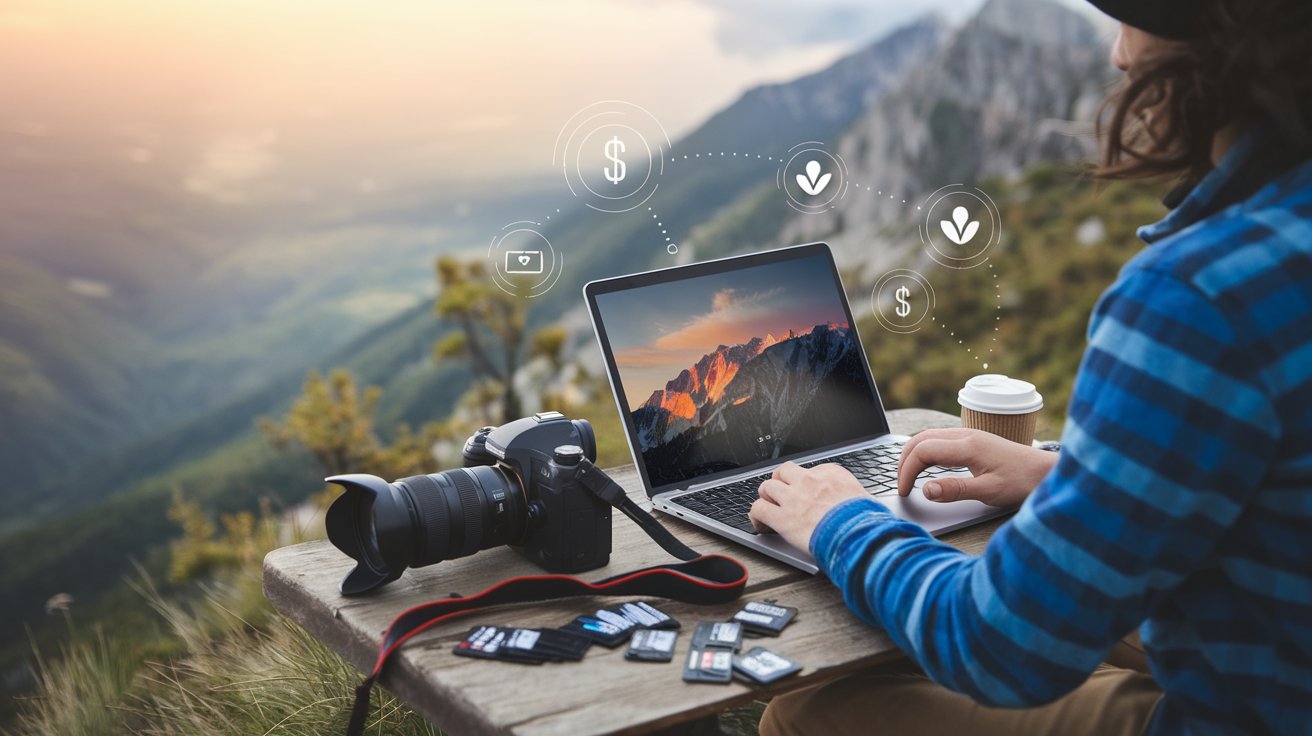
Tips for Success as a Stock Photographer
- Research Market Demand: Analyze popular travel photo categories, focusing on subjects like landmarks, cultural festivals, and nature. This helps ensure your portfolio aligns with market trends.
- Optimize Keywords and Metadata: Accurate, descriptive metadata and relevant keywords increase image discoverability on stock platforms, making it easier for clients to find and license your work.
- Consistency in Uploading: Regular uploads can boost visibility and help build a larger portfolio that attracts more clients. Many successful stock photographers recommend uploading images consistently to maximize earning potential.
Stock photography is competitive, but with the right approach, it offers a reliable source of passive income.
Photojournalist: Telling Compelling Stories with a Global Perspective
Travel photojournalism focuses on capturing the real-world impact of events, cultures, and human experiences. As a photojournalist, you’ll work with news agencies, magazines, and nonprofit organizations to document critical topics ranging from humanitarian crises to cultural heritage and environmental conservation. This role demands both technical skills and storytelling ability, as you’ll often capture intense, sometimes challenging moments.
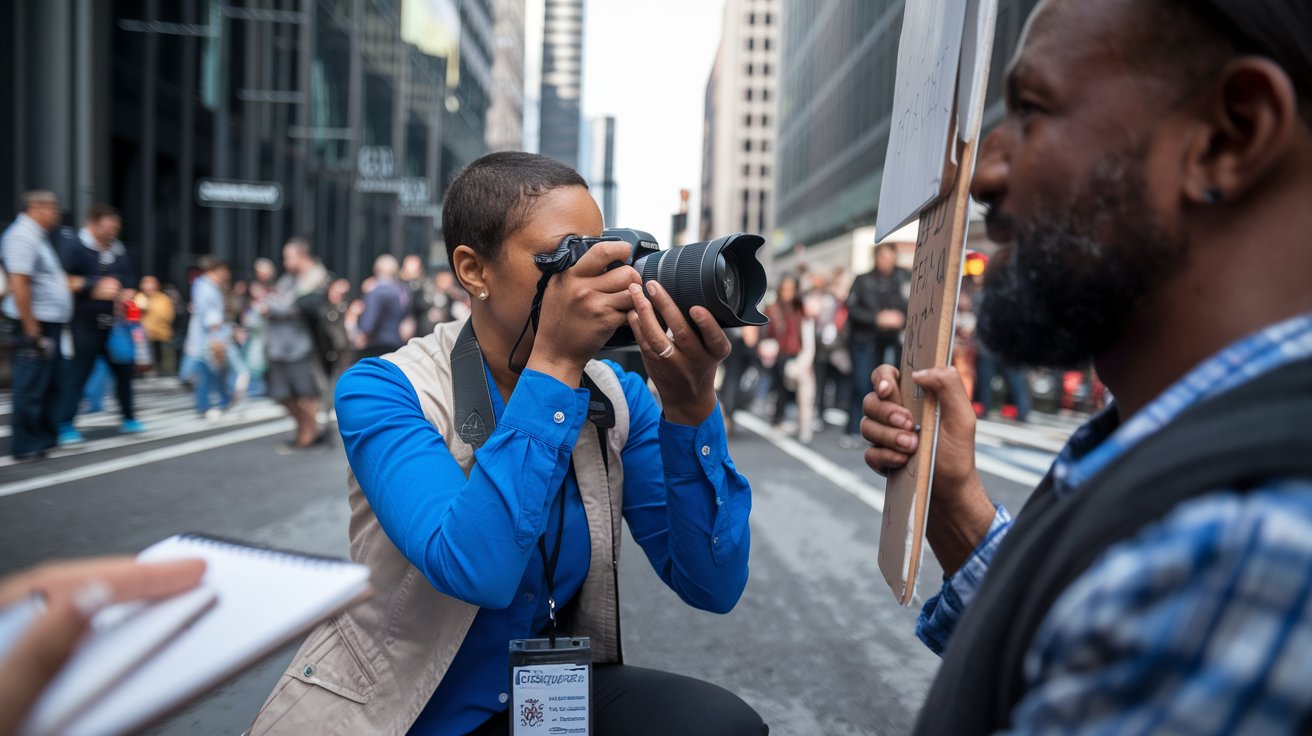
Essential Skills and Strategies for Travel Photojournalists
- Adaptability and Resilience: Photojournalists often work in unpredictable environments, requiring them to adapt to varying conditions quickly. They may cover breaking news, cultural festivals, or natural disasters, all while maintaining professionalism and sensitivity.
- Master Storytelling through Imagery: Great photojournalists understand how to capture images that speak volumes. Each photo should tell a part of a larger story, revealing details, emotions, and context that resonate with viewers.
- Build Industry Connections: Networking with editors, reporters, and other professionals can open doors to assignments and collaborations. Maintaining connections in the journalism community can lead to regular assignments and support long-term success.
Travel photojournalism provides a rewarding path for photographers committed to documenting the world and shedding light on critical global issues.
Destination Wedding Photographer: Capturing Love in Stunning Locations
Destination wedding photography is a niche that blends travel and romance. By working with couples planning weddings in scenic locations, photographers can enjoy international travel while capturing intimate, memorable moments. It’s an ideal path for those who enjoy portraiture and want to work in an emotionally rewarding setting.
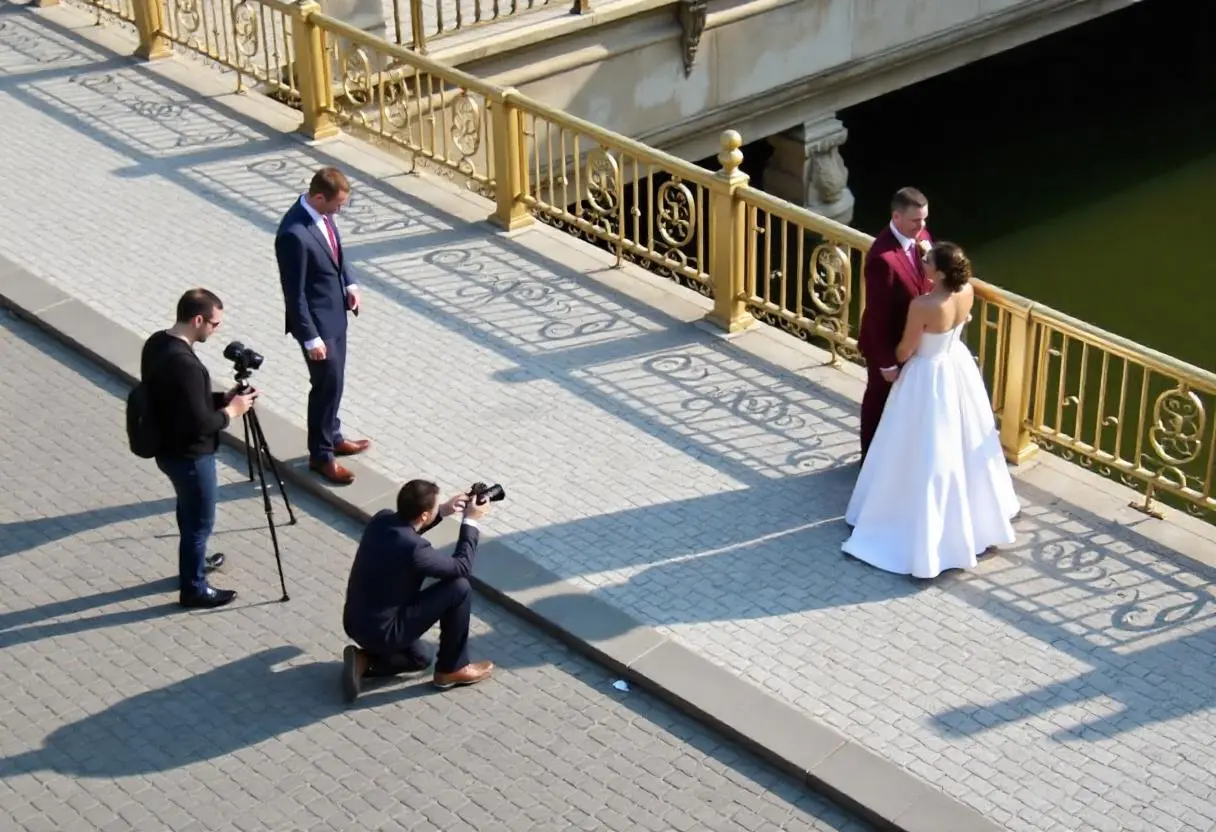
Steps to Excel as a Destination Wedding Photographer
- Build a Specialized Wedding Portfolio: A portfolio showcasing weddings in diverse locations can attract clients seeking destination photography. Highlight your ability to capture different lighting, backgrounds, and cultural ceremonies.
- Prioritize Client Communication: Clear, effective communication with clients is essential for understanding their expectations, addressing logistical questions, and ensuring a seamless experience.
- Plan for Location Logistics: Research each destination’s lighting, weather, and cultural aspects. Ensuring your equipment is ready for diverse environments helps ensure the best possible outcomes on wedding day.
Destination wedding photography offers a blend of travel and creative satisfaction, making it ideal for photographers who enjoy documenting unique love stories in spectacular settings.
Photography Workshop Leader: Teaching the Art of Travel Photography
For experienced photographers, teaching workshops offers a way to share knowledge, inspire others, and earn an income. Workshop leaders often take groups to photogenic locations, providing hands-on instruction and mentorship in techniques such as landscape, portrait, or wildlife photography.
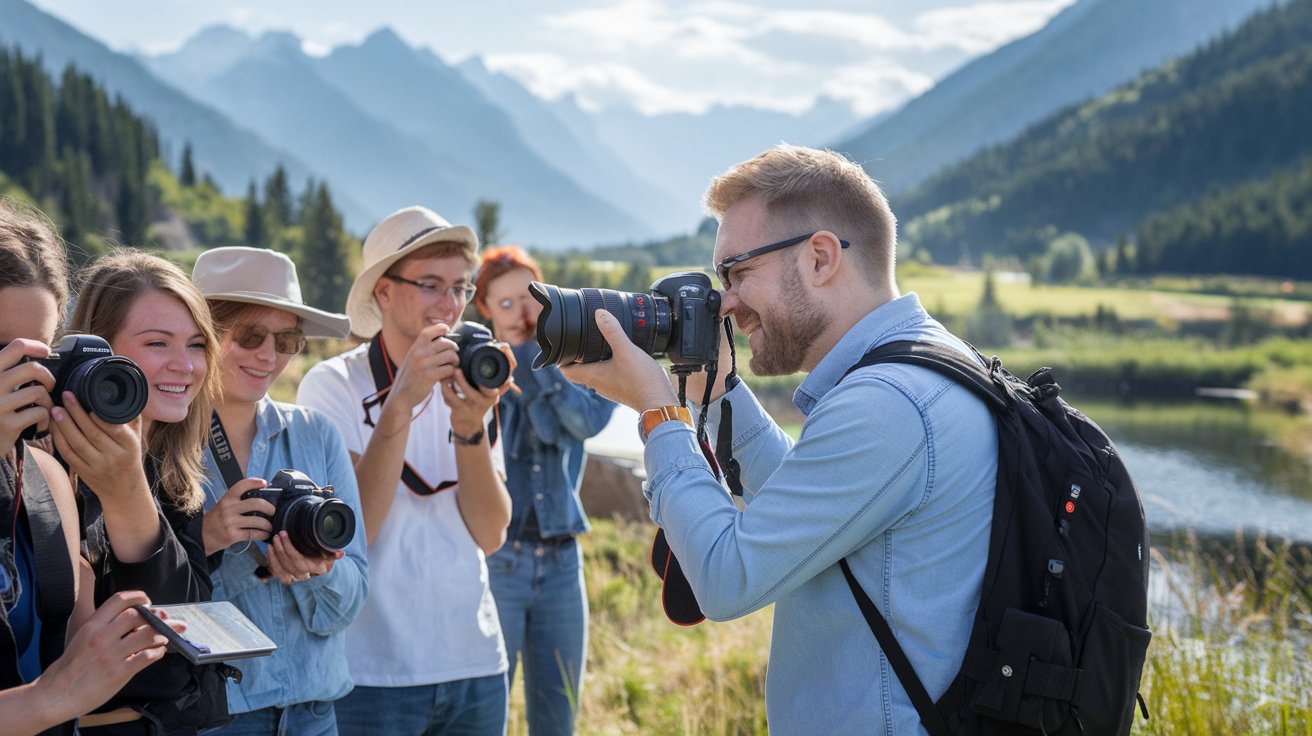
Steps to Becoming a Successful Workshop Leader
- Develop an Engaging Curriculum: A curriculum covering essential photography techniques, post-processing skills, and creative composition will attract participants. Tailor content to beginner, intermediate, or advanced skill levels.
- Choose Scenic and Popular Locations: Conduct workshops in well-known travel destinations to make the experience exciting for participants and help market your workshop.
- Promote Your Workshops: Use social media, photography networks, and partnerships with travel agencies to reach a broad audience. Posting images from past workshops can attract new participants.
Leading workshops is a fulfilling way to inspire others while also exploring beautiful locations and strengthening your reputation as an industry expert.
Content Creator for Travel Websites and Blogs
Content creation for travel websites and blogs offers photographers a chance to combine writing and visual storytelling. Many travel websites require high-quality images to accompany articles, travel guides, and social media content. Travel photographers who can also write engaging articles have a competitive edge in this area.

Tips for Success as a Content Creator
- Align with Brand Style: Familiarize yourself with each client’s preferred aesthetic and tone. Create images that are consistent with their brand to ensure a unified look across their platform.
- Focus on Evergreen Content: Capture images and write content that remain relevant over time. This can include iconic landmarks, travel tips, and cultural insights that can be used repeatedly.
- Set Clear Licensing Terms: Ensure you negotiate fair compensation and clarify usage rights for your content to protect your intellectual property.
Content creation allows travel photographers to develop valuable skills in writing and media production, enhancing their versatility and marketability.
Travel Guide Photographer for Tourism Boards
Tourism boards and travel agencies often employ photographers to showcase destinations through vibrant, engaging images. This role requires a balance between creativity and client expectations, as the goal is to capture the destination’s best features in a way that appeals to potential tourists.
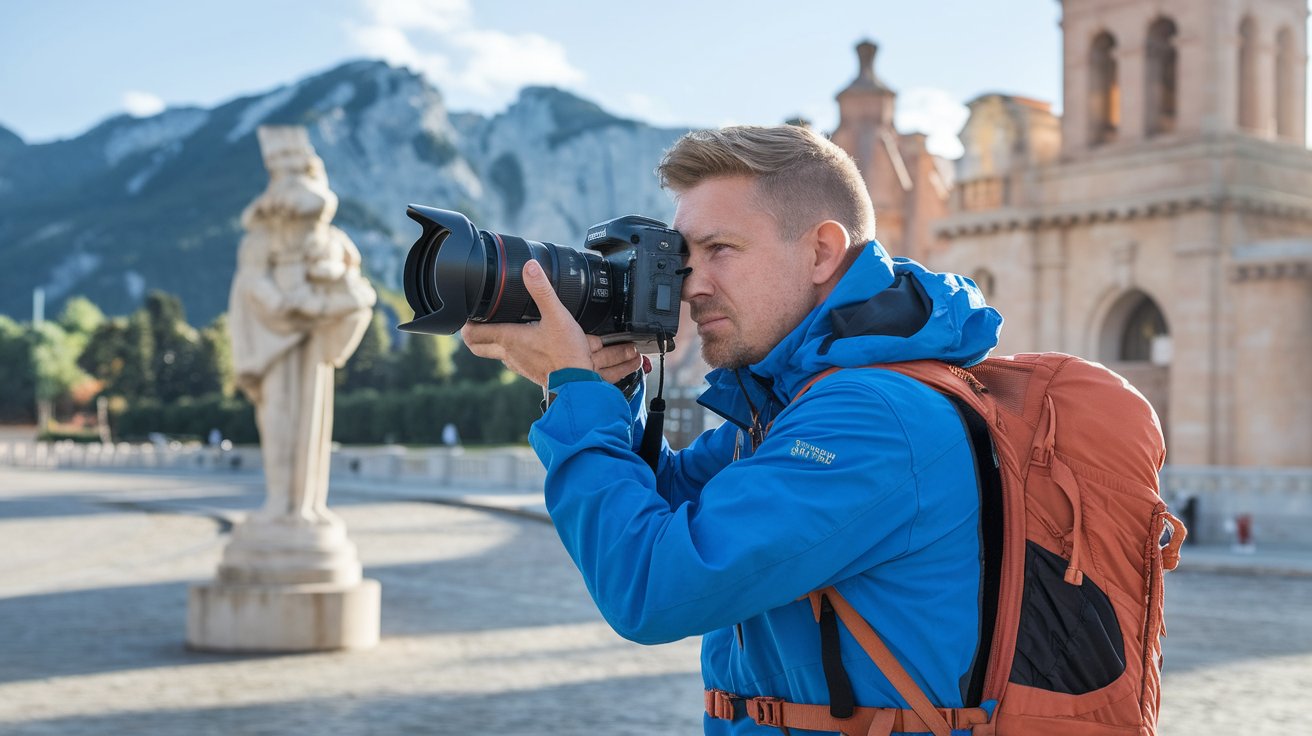
Strategies for Excelling as a Travel Guide Photographer
- Understand the Destination’s Key Appeal: Identify and photograph the aspects that make a destination unique, from natural wonders to local culture and cuisine.
- Follow Client Briefs Closely: Many tourism boards have specific requirements for their promotional materials, so adhering to guidelines ensures that your images meet their standards.
- Maintain Professional Standards: Professionalism and consistency are key to establishing long-term partnerships with tourism boards and agencies.
Travel guide photography is a great choice for photographers looking to use their work to inspire people to visit exciting locations.
Environmental Photographer: Advocating for Nature through Images
Environmental photographers document landscapes, wildlife, and ecosystems to promote conservation. They often work with nonprofits, research organizations, and media outlets to raise awareness about environmental issues. This role is perfect for photographers with a passion for nature and a desire to contribute to conservation efforts.
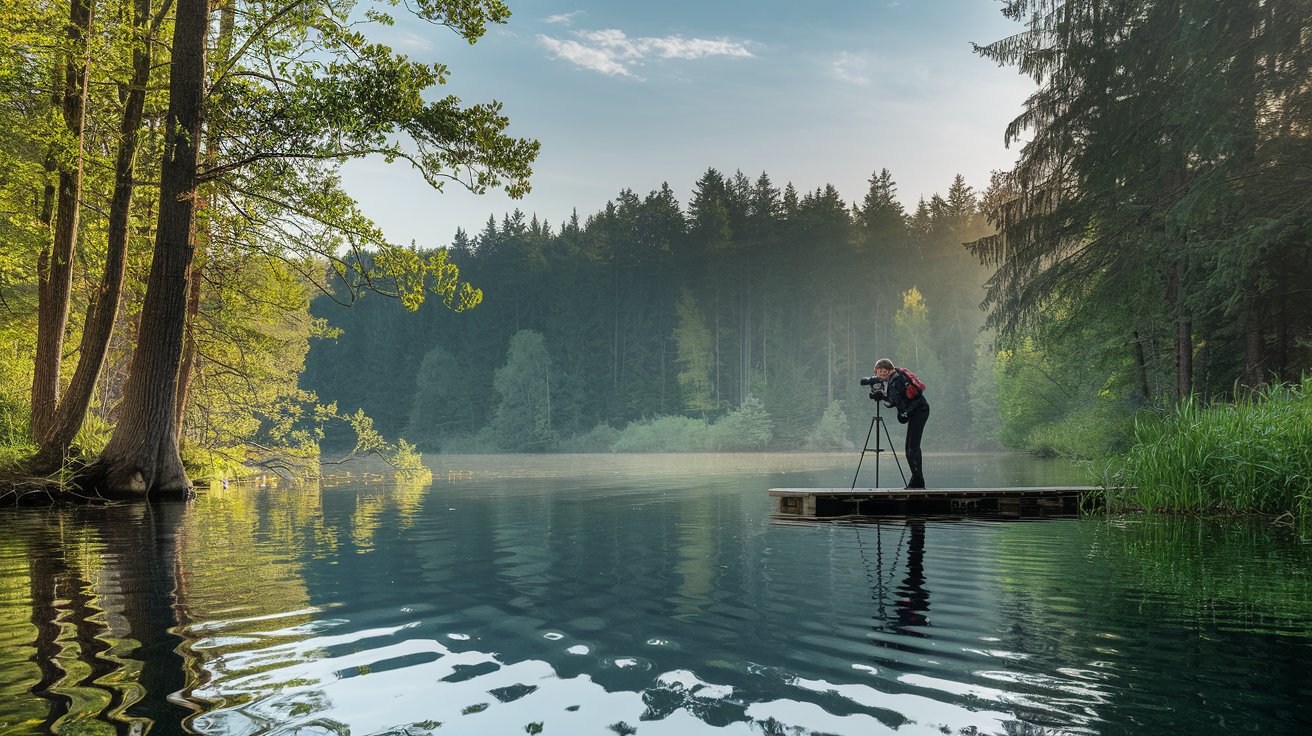
Key Skills for Environmental Photography
- Research and Preparation: Research each location to understand its ecological significance and the conservation challenges it faces. Knowledge of the local wildlife and landscape enhances your shots and helps avoid disturbing delicate environments.
- Wildlife Photography Skills: Learning to capture wildlife without disturbing their natural behavior requires patience and understanding of animal habits and environments.
- Build Partnerships with Conservation Groups: Collaborating with conservation organizations can offer valuable access and help amplify your work’s impact.
Environmental photography is a powerful medium for raising awareness about the planet’s beauty and fragility, making it a fulfilling path for photographers interested in advocacy.
Travel Photography Author: Publishing Books and Guides
For established travel photographers, writing books or guides offers a chance to share insights and stories with a broad audience. Many photographers publish collections of their work, practical guides on specific techniques, or travel memoirs. Publishing not only generates income but also strengthens the photographer’s reputation as an expert.
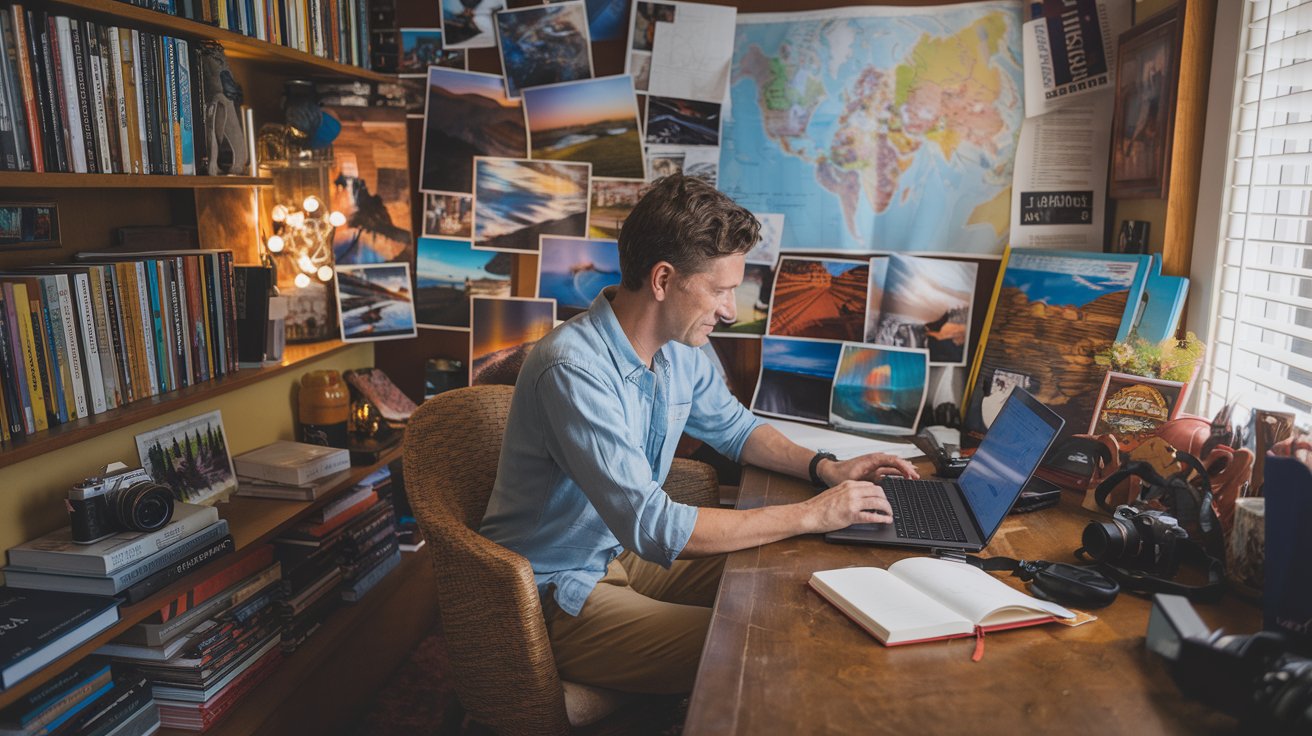
Steps to Become a Published Travel Photography Author
- Identify a Unique Angle: Choose a book topic that highlights your expertise. This could range from specific destinations or travel stories to instructional photography guides.
- Select High-Quality Images: Choose images that reflect your best work and resonate with your audience. A polished collection strengthens the book’s appeal.
- Explore Self-Publishing Options: Platforms like Amazon Kindle Direct Publishing allow photographers to reach a global audience without traditional publishing constraints.
Becoming an author is a great way to solidify your expertise, allowing you to share knowledge with aspiring photographers and enthusiasts.
Building a career in travel photography offers a world of opportunities, each with its unique blend of creativity and professional rewards. Whether freelancing or working with tourism boards, travel photographers can combine passion and skills to create impactful work that inspires and educates. With dedication, adaptability, and a commitment to continuous learning, photographers can achieve success and build a fulfilling career that spans the globe.
FAQs
How can I start a career in travel photography?
Begin by building a strong portfolio, networking with clients and publications, and leveraging social media to showcase your work and attract opportunities.
What skills are essential for travel photography?
Travel photographers need technical photography skills, adaptability to new environments, storytelling ability, and strong client communication.
How can I earn income as a travel photographer?
Travel photographers can earn through freelancing, stock photography, social media collaborations, photojournalism, workshops, and licensing content to travel websites or tourism boards.

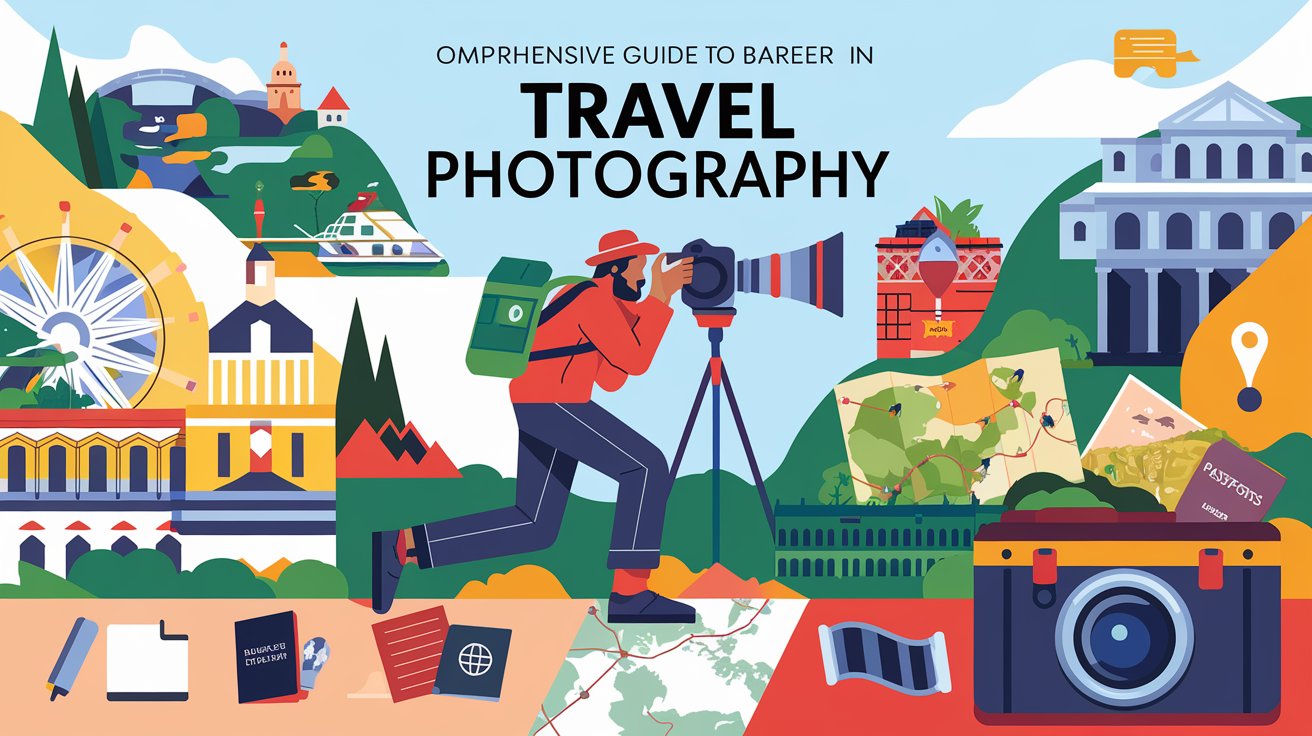
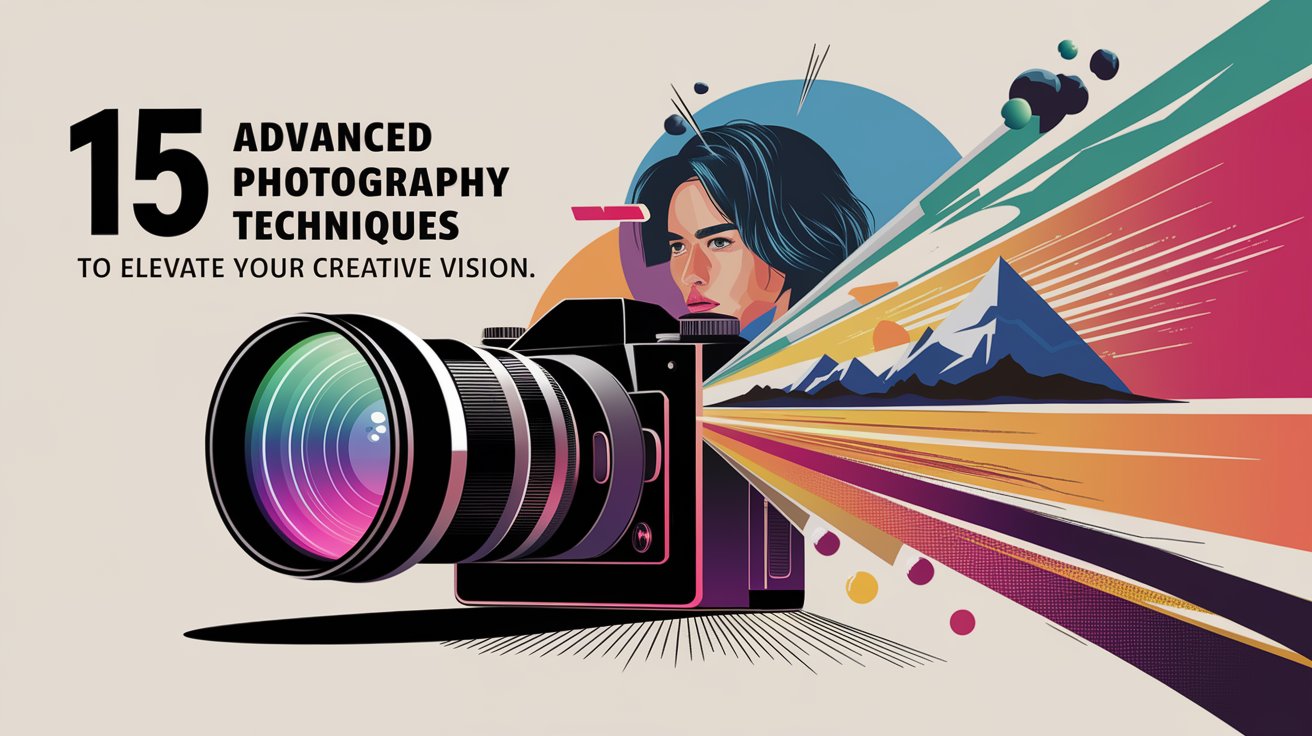
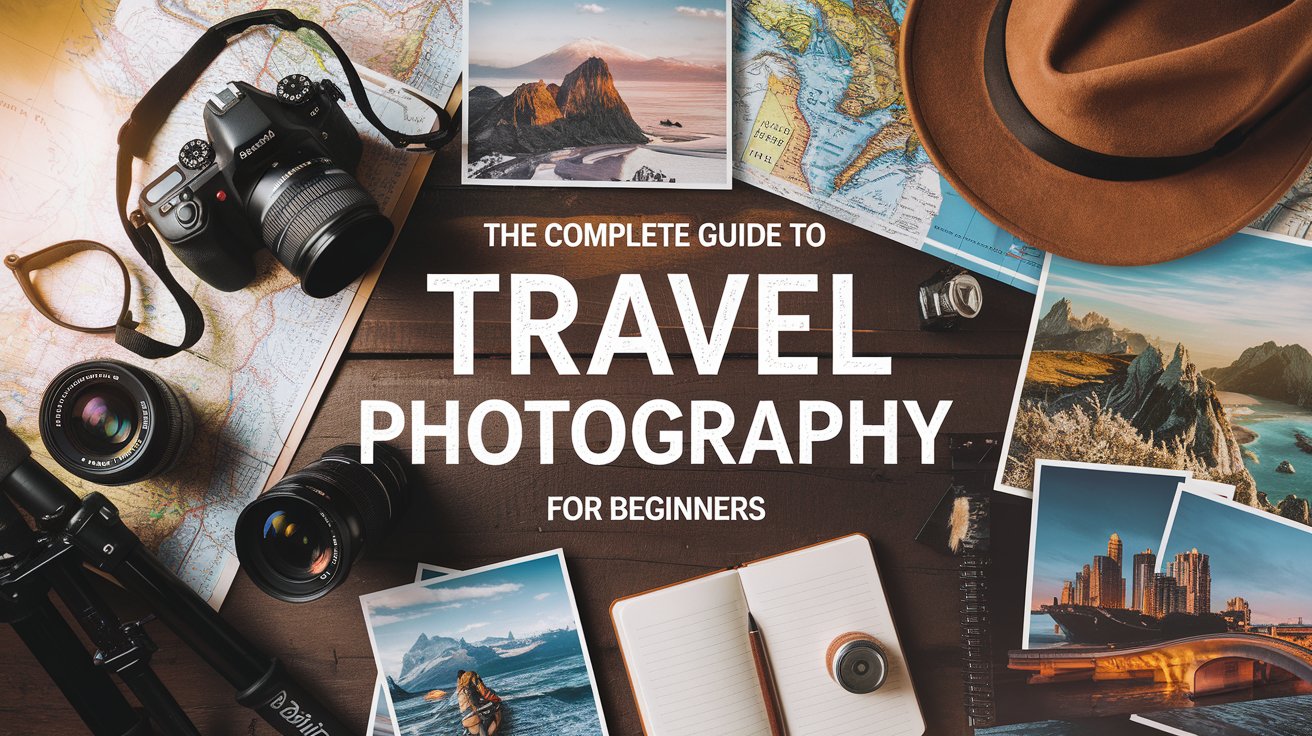
Social Media Influencer: Building a Personal Brand through Visual Content
In the era of social media, many travel photographers have gained fame and income by sharing their journeys online. As an influencer, photographers engage audiences through high-quality images, often creating partnerships with brands, tourism boards, and travel agencies. Influencers use their unique perspectives and personal styles to attract followers, which in turn attracts collaboration opportunities.
How to Succeed as a Travel Photography Influencer
Social media influence can transform a travel photographer’s career, providing creative freedom and financial opportunities through brand partnerships and direct audience engagement.